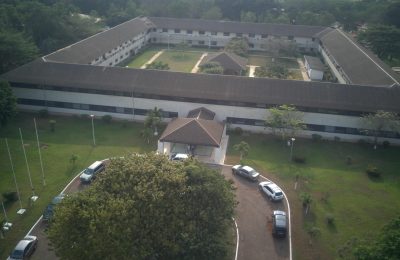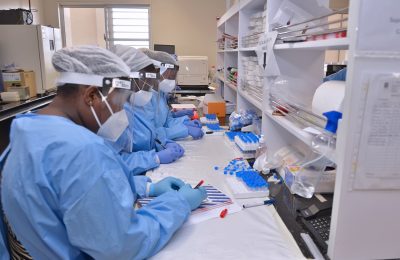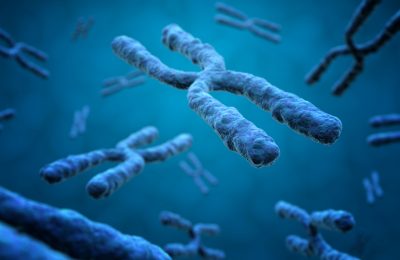- Home
- About
- Departments
- Research Activities
Advanced Research Center
Established in 2020
- Research Support Units
Co-ordinates All Activities Of The Institute
- Resources
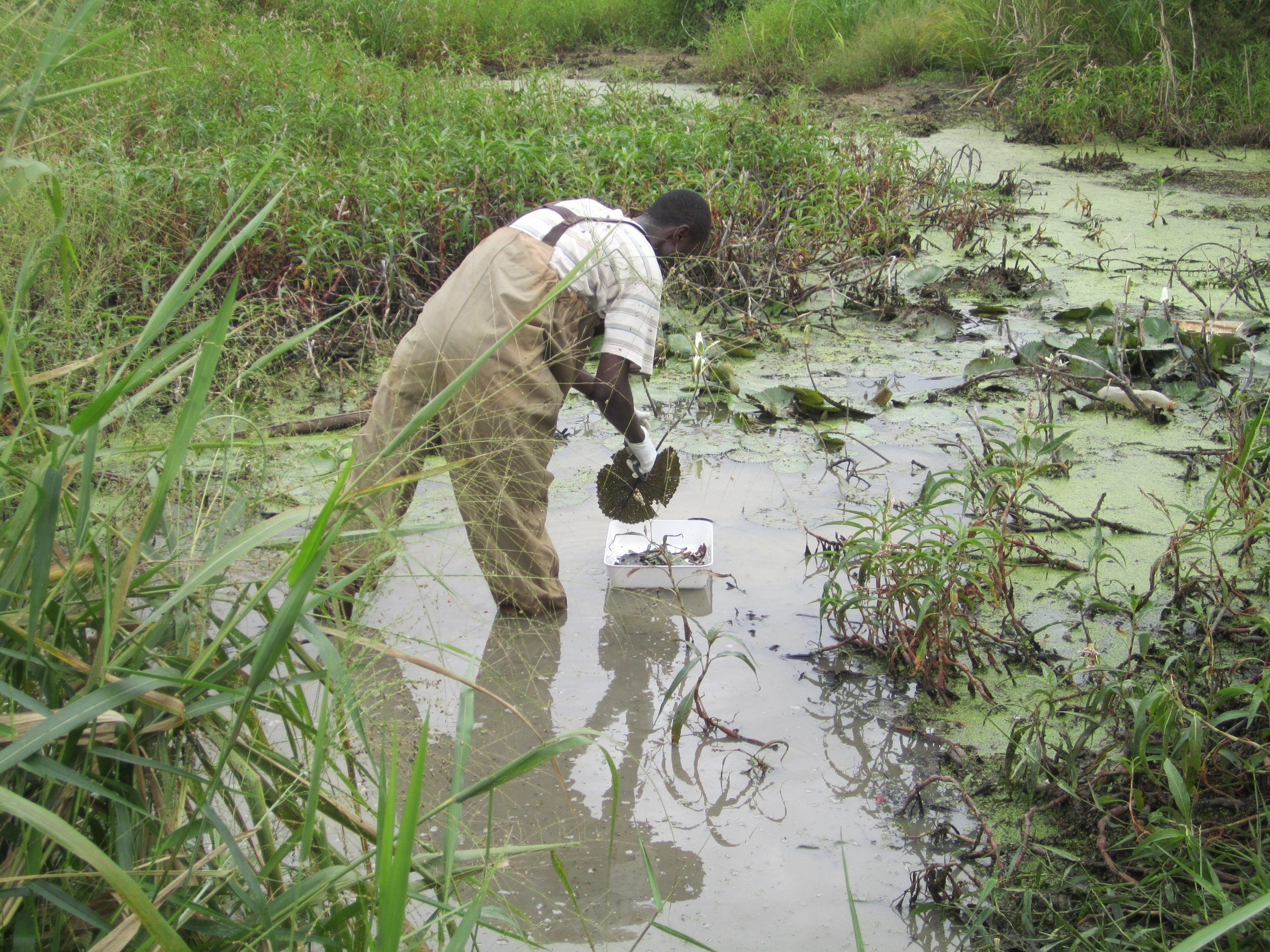
Buruli ulcer (Epidemiology, Transmission, Disease Management)
Lead Investigator(s)
No data was found
Buruli ulcer (Epidemiology, Transmission, Disease Management)

Lead Investigator
Dr. Charles Quaye
Project Summary
The transmission routes of Mycobacterium ulcerans from aquatic habitats to humans and other small mammals remain unknown. The bacterium however continues to cause debilitating skin infections (Buruli ulcer) in many rural population in the tropical regions of the globe. The need to put in preventive measures and early management of human infection has been prioritized by the WHO and the control programmes of endemic. Our research has focused on elucidating the modes of transmission of Buruli ulcer and other non-tuberculous infections, and the design and implementation of innovative interventions for skin NTD management.
- Determine ecological factors influencing the transmission and virulence of aquatic non-tuberculous mycobacteria (NTM).
- Elucidating the transmission of Buruli ulcer from aquatic environments to humans and other small mammals.
- Development of mobile based applications for skin disease diagnosis, treatment, and management in deprived communities
- Tracking human Buruli ulcer infections from community associated and used aquatic environments
Project Background
The transmission routes of Mycobacterium ulcerans from aquatic habitats to humans and other small mammals remain unknown. The bacterium however continues to cause debilitating skin infections (Buruli ulcer) in many rural population in the tropical regions of the globe. The need to put in preventive measures and early management of human infection has been prioritized by the WHO and the control programmes of endemic. Our research has focused on elucidating the modes of transmission of Buruli ulcer and other non-tuberculous infections, and the design and implementation of innovative interventions for skin NTD management.
Objectives & Research Areas
- Determine ecological factors influencing the transmission and virulence of aquatic non-tuberculous mycobacteria (NTM).
- Elucidating the transmission of Buruli ulcer from aquatic environments to humans and other small mammals.
- Development of mobile based applications for skin disease diagnosis, treatment, and management in deprived communities
Key Findings
- Tracking human Buruli ulcer infections from community associated and used aquatic environments
Ongoing Activities
No data was found
-
Gyamfi, E., Narh, CA., Quaye, C. et al. Microbiology of secondary infections in Buruli ulcer lesions; implications for therapeutic interventions. BMC Microbiol 21, 4 (2021). https://doi.org/10.1186/s12866-020-02070-5
-
Narh CA, Mosi L, Quaye C, Dassi C, Konan DO, Tay SCK, de Souza DK, Boakye DA, Bonfoh B (2015) Source Tracking Mycobacterium ulcerans Infections in the Ashanti Region, Ghana. PLoS Neglected Tropical Diseases 9(1): e0003437.doi:10.1371/journal.pntd.0003437
-
de Souza DK, Quaye C, Mosi L, Addo P, Boakye DA. (2012). A quick and cost-effective method for the diagnosis of Mycobacterium ulcerans infection. BMC infectious diseases.;12:8.
More publications can be found at: PubMed Bibliography: https://www.ncbi.nlm.nih.gov/myncbi/charles.quaye.2/bibliography/public/

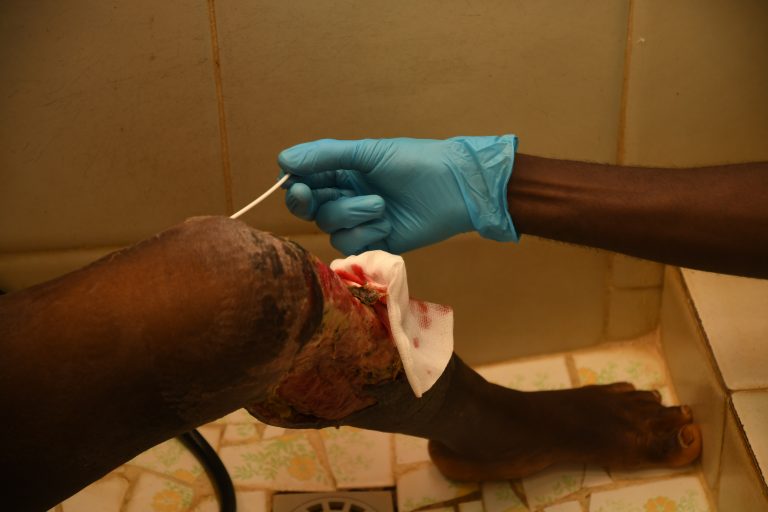
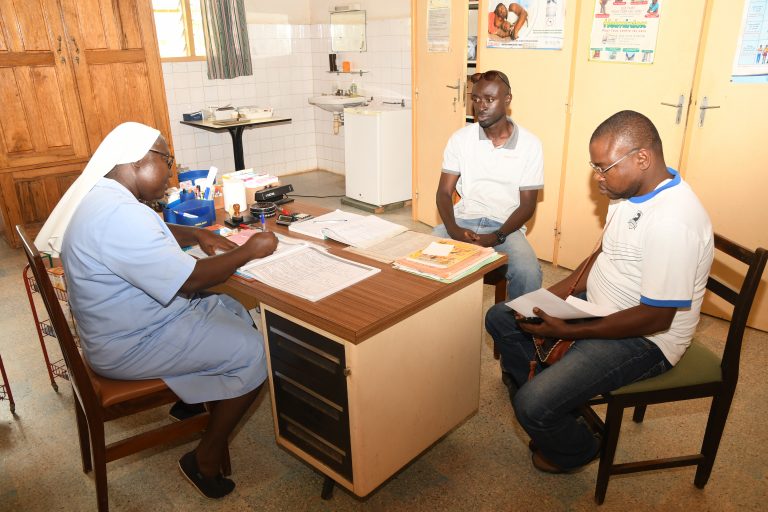
Dr. Lydia Mosi
Department of Biochemistry, Cell and Molecular Biology, University of Ghana Ghana
Prof. Roger Pickup
Department of Biomedical and Life Sciences Lancaster University UK
Dr. Charles Akugbey Narh
Postdoctoral Research Officer. Burnet Institute Melbourne, Australia

